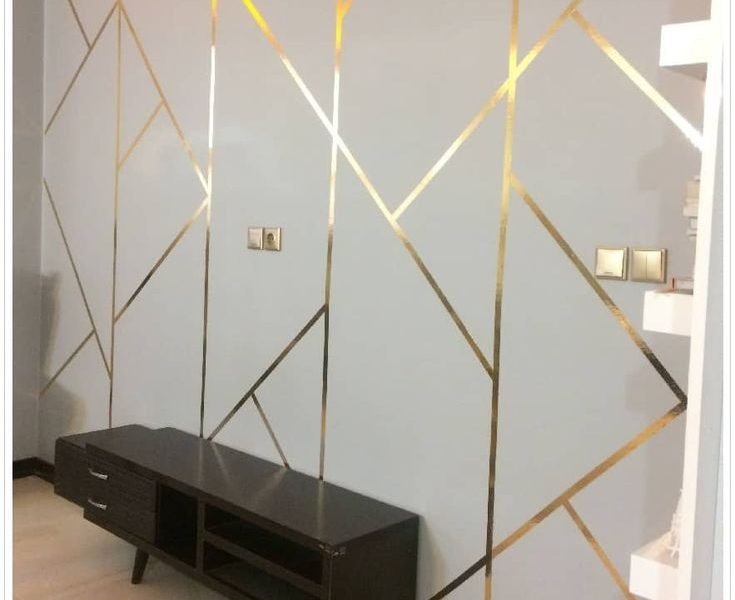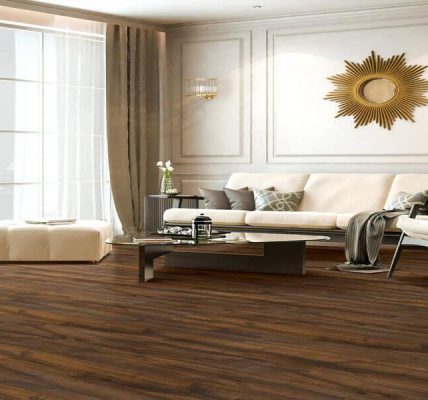There are many current solutions for transforming the walls of a place other than paint. Changing or modernizing a room in your house may be done with numerous Wall panel textures and finishes in the form of panels, and residents are no longer confined to paint colors or obsolete wallpaper.
Installing panels, like any other wall panel covering, has advantages and disadvantages. Installation, affordability, and adaptability within the area are all factors to consider. However, if you want to breathe new life into your home’s walls, wall panels are an appealing and cost-effective choice; read on for more information on the advantages and drawbacks.
The Advantages of Installing Wall Panels
Wall Panels’ Visual Appeal
The aesthetic component is, of course, one of the primary benefits of putting panels. Wall panels may be customized to meet the needs and preferences of every homeowner. Whether you pick wood paneling, cloth, or simulated stone, wall panels create a visually appealing surface in addition to adding character to a space.
They can not only offer interesting focal points and visual appeal, but they can also help to conceal any existing problems on the walls. Paneling is a fantastic way to conceal defects or ugly blemishes, scratches, dents, or fractures in your home’s surfaces. They can even be used to conceal cords from entertainment systems or technological gadgets, which paint cannot.
The Additional amount of Insulation
Aside from providing visual appeal and dimension to a room, wall panels also help to insulate it. Paneling is comfortable and offers thermal and acoustic isolation. If you reside in an apartment or house where noise travels freely, panels should be considered to lessen noise dispersion.
Moreover, some versions are flame resistant, depending on the material. So, in addition to looking attractive and insulating your home, wall paneling has the ability to keep you safe and comfortable.
Maintenance & Durability
Most of the Wall panels are built of hefty materials and can thus withstand a great deal of damage while lasting for many years without needing to be replaced. Furthermore, unlike paint, wall panels are simple to clean and maintain. Models made of wood or PVC may be readily cleaned with a moist towel and some home cleaner.
Fabric panels may be a little more difficult to clean, but if you have detachable covers, you can chuck them in the washing machine. If your wall panels sustain damage, you may quickly remove, fix, and replace them with a simple do-it-yourself project.
To restore the look and luster of wood panels, sand them down and reseal them. Peeling or old, fading paint is far more difficult to replace, and will frequently necessitate re-painting an entire room rather than simply removing a single panel.
The Cons of Installing Wall Panels
Rot Development Possibility
One of the primary disadvantages of adding paneling rather than just painting your room is the possibility of rot forming on the panels. Rot may quickly occur in wood and fabric paneling if water penetrates the material.
Unfortunately, once the rot has set in, it isn’t much you can do except replace the entire panel. It is critical to repair water-logged or decaying panels as soon as possible, as rot can spread and harm the panels around it.
Warping
The possibility for warping is especially true of wood paneling since wood is prone to warping and bulging when temperatures vary if the paneling is not properly fitted. Other materials can warp as well, but it is less typical in textiles, vinyl, and PVC paneling surfaces. However, warping can still occur, so use extreme caution while placing your panels.
Sustainability is lacking.
While working with sustainable materials in our homes is becoming increasingly prevalent, most wall paneling components are not yet sustainable. Working with repurposed materials or looking for those having the mark of approval for sustainability is one approach to fight this. These may be more expensive at first, but they significantly increase the home’s resale value in the long term.









